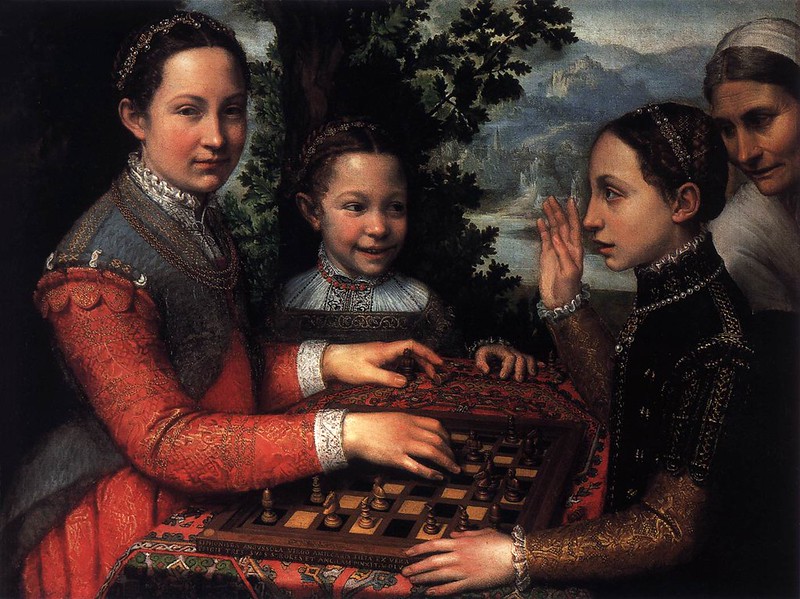Kimberlé Crenshaw – Abolishing Discrimination Through Research and Activism
According to the Oxford Dictionary, intersectionality is “a framework for conceptualizing a person, group of people, or social problem as affected by several discriminations and disadvantages. It takes into account people’s overlapping identities and experiences to understand the complexity of the prejudices they face.” Simply put, it is a term that outlines people or problems affected by more than one element of discrimination, for example, both racism and gender discrimination.
The term was coined over three decades ago by Professor Kimberlé Crenshaw. Her objective was to describe how individual elements like race, gender, and class intersect and overlap. It was the first time the complexity of oppression was dissected. Since then, the term has become a crucial component of contemporary feminism and gender studies.

Tackling Discrimination Theoretically
Crenshaw was first inspired to develop the theory of intersectionality in her college years when she noticed how underdeveloped the gender aspect of race studies was, and vice versa.
She noticed that in the legal sphere, the response to challenges that included both gender and race discrimination was divided. It did not fully take into account that two levels of discrimination were at play simultaneously. Consequently, women of color were often left without justice. Crenshaw’s theory was launched from the concepts of sexualized racism and racialized sexism and was divided into three areas:
- Structural – discussing patriarchy and racism as paradigms that lead to violence against women.
- Political – addressing feminist and anti-race organizing.
- Representational – challenging the stereotyping of races and genders.
Crenshaw’s work has fostered gender mainstreaming and pushed the development of equality policies in Europe. It has advanced the sociological research of inequalities, fueled further research into systemic discrimination and inequality, and contributed to their gradual eradication.
From a feminists and activists perspective, intersectionality is an essential part of a drastically fairer, brighter, and more balanced future. However, intersectionality has also been met with harsh criticism.
Is Intersectionality a Conspiracy Theory of Victimization?
To many conservatives and right-wingers, intersectionality is a new type of caste system that places white, heterosexual people at the bottom. They believe that intersectionality promotes special treatment for minorities, which leads to solipsism and social division. According to this line of thought, intersectionality is a form of feminism that labels people, tells them how oppressed they are and that they should get special treatment. Consequently, it’s viewed as something that could topple racial and gender hierarchies, only to create a new type of discrimination in its place.

Crushing Prejudice – That’s What It’s all About
According to Professor Crenshaw, the debates over intersectionality are expected. It’s what happens when a concept transcends content and context. Her goal is not to build a racial hierarchy with black women at the top, but rather to eradicate prejudice and discrimination completely, and intersectionality plays a crucial role in achieving this.
Race, Racism, and Civil Rights
Through her research, writing, and activism, Crenshaw has revealed key issues concerning inequality, including criminalization of behavior among young black females and the ‘school to prison pipeline’ that African American youth often fall into. Crenshaw is the co-founder of the African American Policy Forum. She has become the driving force behind projects like the Multiracial Literacy and Leadership Initiative and Affirmative Action Research and Policy Consortium.
As a pioneer in her field, Crenshaw has paved the way for those targeted with simultaneous racial and gender prejudice. In her various leadership roles she works tirelessly to make racial, gender, and ethnic equality a reality.




